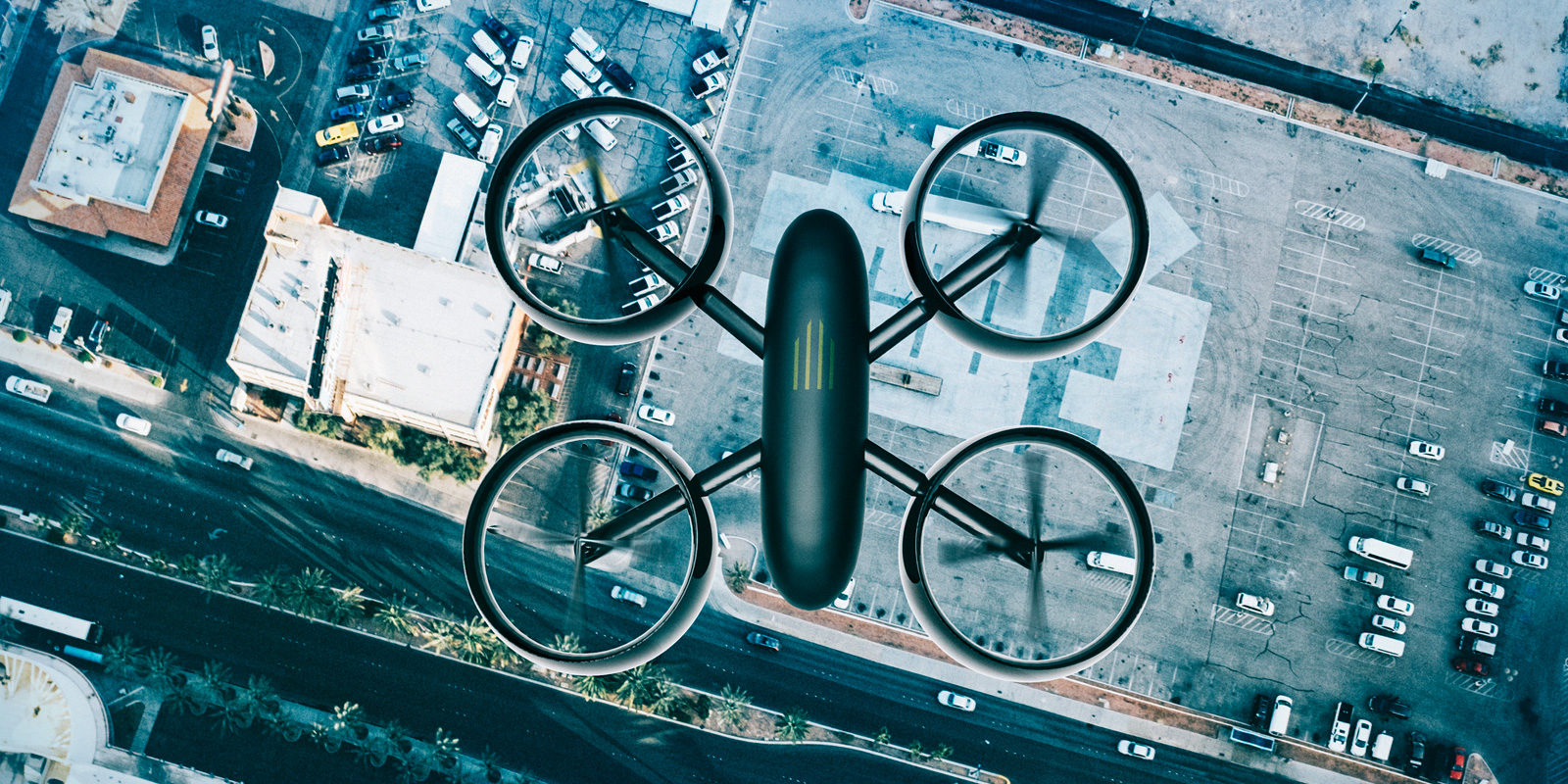
FAA Updates Its Stance on Preemption of State and Local Drone Laws
The Federal Aviation Administration ("FAA") released an updated Fact Sheet clarifying its perspective on the limits of state and local governments to regulate drones.
The FAA released a much-anticipated update on the scope of federal preemption of state and local regulation of unmanned aircraft systems ("UAS"), or drones. At least 44 states have laws regulating UAS, some of which raise preemption issues.
The agency first addressed this issue in a 2015 Fact Sheet, but this new iteration is the most concrete step taken by the FAA since then to clarify state and local authority to regulate UAS.
First, the 2023 Fact Sheet explains that Congress has given the FAA exclusive authority over aviation safety and the efficient use of the airspace. Attempts by state and local governments to regulate in those areas face field preemption. The 2023 Fact Sheet lists examples of state and local laws likely preempted, including designating aerial "highways" or specified "routes" for UAS, selling or leasing UAS-related air rights above roadways, mandating geofencing, and imposing licensing regimes or other safety or efficiency regulations.
Second, the FAA clarified that state and local regulations not involving aviation safety or the efficient use of airspace regulations would not be preempted as long as they do not impair the reasonable use of the airspace. Such laws include: regulating where drones take off and land; laws against voyeurism, trespass, delivery of prison contraband, taking photographs of critical facilities, and other criminal activity; rules affecting search and rescue, law enforcement, and wildfire suppression operations; and the exercise of other police powers.
The 2023 Fact Sheet explains that restrictions on how UAS can be used rather than where they operate within airspace would more likely be consistent with federal preemption principles. For example, the Fact Sheet explains that a privacy rule banning UAS over an entire city is likely preempted, but a ban "applied to the lower altitudes" over facilities where people have an expectation of privacy—such as parks or schools—likely would not be preempted.
In addition, the Fact Sheet explains that state or local laws affecting commercial UAS operators (such as delivery drones) are more likely to be preempted under the Airline Deregulation Act—which expressly preempts states from enacting or enforcing laws related to an air carrier's prices, routes, or services—than those affecting recreational UAS operators.




